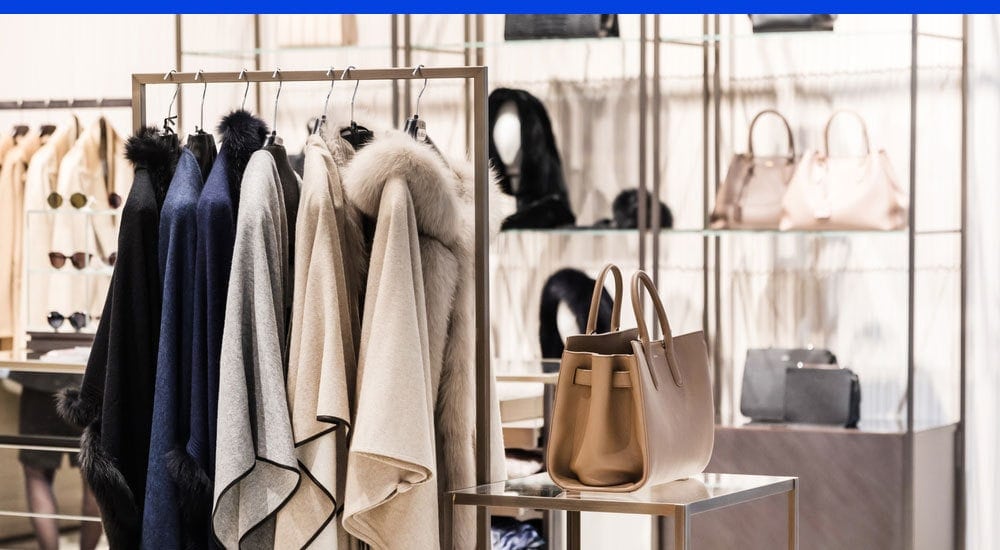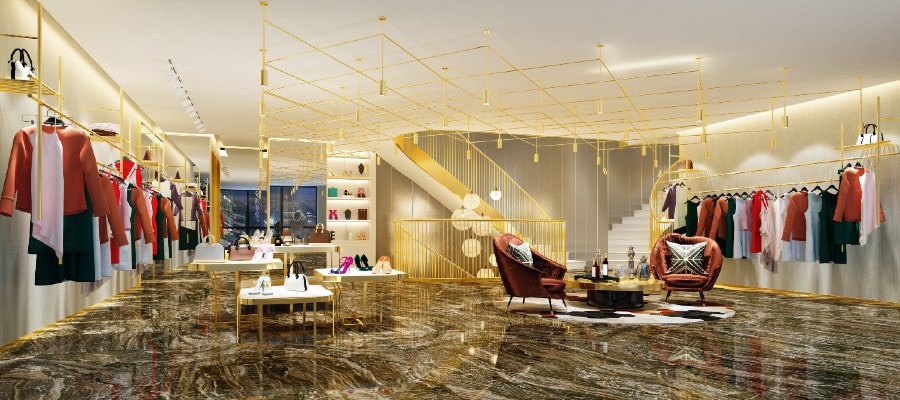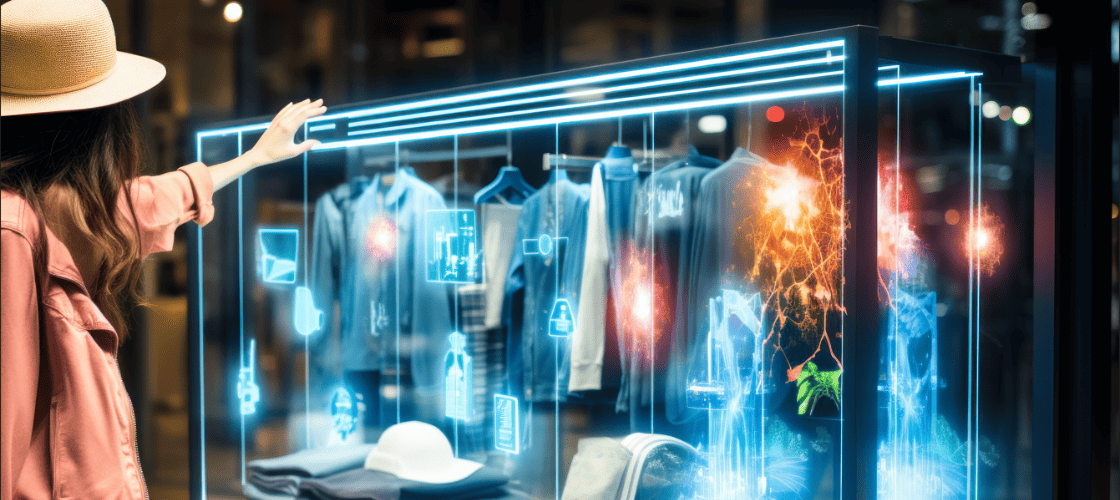Retail & Distribution
Bring Your Luxury Selling Ceremonies to the Next Level
27 May 2019

Before this evolution leaves you behind, take an opportunity now to reexamine and refresh your processes to ensure you’re meeting your shoppers’ evolving needs and expectations in any country you do business in.
Technology has changed the game when it comes to personalization and luxury retail is feeling the shift. Every selling ceremony should be informed by the customer’s personal profile — past purchases, social data, recency, frequency, shipping and delivery preferences or milestone dates in their lives. Consumers have shown they’re willing to share additional information with their preferred retailers in exchange for improved interactions with the brand. And while skilled sales assistants can keep many of these details in their heads or analog black books, customers don’t always shop at the same store every week.
Today’s luxury buyers are global travelers, and even when they aren’t venturing far from home, they’re likely to visit several stores regularly. Employee turnover also makes it more difficult for brands to rely on tribal knowledge to maintain long-term customer relationships. To better serve shoppers, forward-looking luxury brands are using technology to centralize all of that customer data and make it available to in-store associates in every location.
But retailers aren’t the only ones turning to tech on a daily basis. Luxury shoppers expect to browse new product offerings anywhere and anytime using a range of devices. Online purchases are increasing. Consumers interact with their favorite brands through social media and email, and many luxury buyers want to be able to exchange text and instant messages directly with their personal shopper. More often than not, these interactions take place outside of store hours. Retailers today must be sure that every one of these touch points can support and strengthen their selling ceremony.
A true omnichannel global market environment would require luxury brands to close gaps in customer experiences across channels, to offer a seamless, unified brand experience irrespective of the device or physical touch point used. Therefore, each channel needs to interact with and support others to establish a single brand presence.
Deloitte, “Global Powers of Luxury Goods” 2018
As part of the in-store experience, the discreet use of mobile devices can give sales associates quick access to each shopper’s profile, allowing them more opportunities to tell the brand’s story and tailor the shopping journey to fit the customer’s needs. They can answer: Which products might complement a recent purchase? How long has it been since their last transaction? Do they favor a particular designer or product line?
Moving beyond interactions within the brick-and-mortar footprint, there’s also an important trend in the luxury sector where sales associates more actively engage with their VIP clients outside the store and continue to connect with them through their mobile devices. This enables them to quickly respond to customers’ requests for service, answer product questions and further extend the relationship. Shared devices and a fixed POS are being replaced by more flexible solutions.
By leveraging technology where it’s most useful, in-store staff can nurture each customer account while also instantly uploading new data to the organization’s wider network. Through all of these personal interactions, whether face-to-face or through a variety of digital assets, the brand is able to create a deeper sense of community and belonging among its clientele. Every piece of information is available to help shape the shopper’s next interaction and continue to make their experience the best it can be.
A best-in-class technology solution also makes it possible to incorporate powerful tools such as real-time inventory visibility as part of the selling ceremony. For example, if an item is out-of-stock locally but available at a different boutique, the sales associate can route the product to the customer’s preferred delivery location with the touch of a button. This enhances the customer experience and increases retention.
Selling ceremonies in the luxury sector may also need to accommodate different store types, regional expectations and cultural differences. Consider shoppers visiting stores located in airports and other travel centers. The selling ceremonies in these locations should reflect the brand’s personality while offering speed and convenience. Though customers don’t want to be rushed through the purchase process, they may be under time pressures due to their travel schedule. Personal shoppers and sales assistants need to recognize when a customer doesn’t have a lot of extra time, and the cadence of the selling ceremony should reflect that. The ability to quickly identify returning shoppers and to have their history, preferences and other relationship details available empowers in-store associates to provide a seamless experience even if the customer is in a hurry.
Alternatively, luxury consumers traveling for pleasure or business sometimes find themselves with spare time as they wait through delays in their journey. Flexibility in the selling ceremony will help in-store associates in travel retail locations best meet the needs of shoppers on the go, using special in-store services (e.g. item customization, alterations, repairs, etc.) to make them comfortable during their visit and extending the relationship as customers move between regions.
The right technology solution provides the brand with the ability to combine nuances such as the local format of the store, the region’s culture, the convenience of special services and flexible payment options into the selling ceremony of each location. In every case, a selling ceremony that’s unique to the brand but consistent across touch points — and is driven by a centralized, real-time platform — is key.


